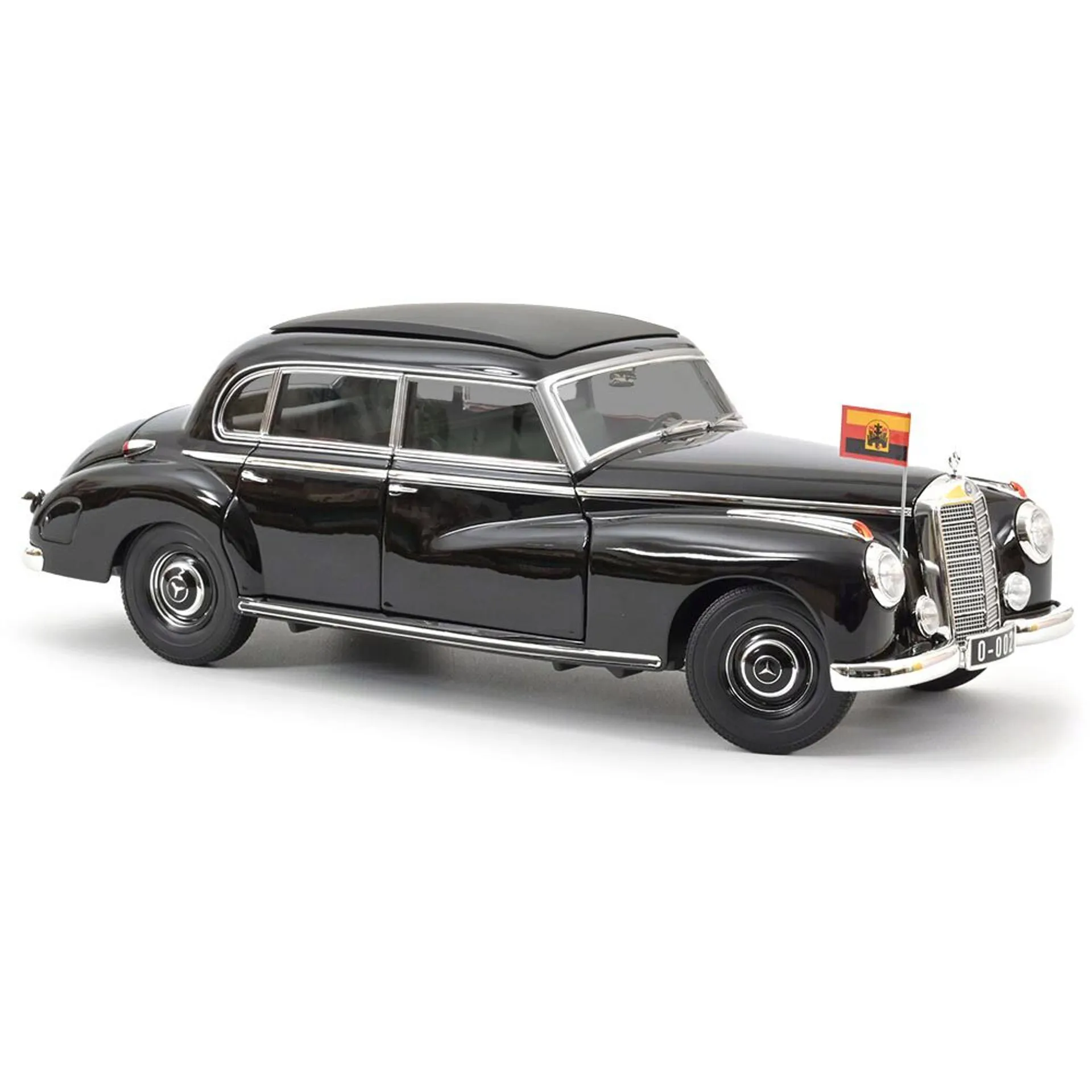What are Diecast Cars
Diecast cars are miniature replicas of real vehicles, meticulously crafted from die-cast metal, typically zinc alloy. These models are not just toys; they are collectibles, investments, and a way for enthusiasts to connect with their passion for automobiles. Diecast cars come in a variety of scales, from tiny models to larger, highly detailed pieces. The level of detail can range from simple representations to incredibly accurate reproductions of every aspect of a real car, including interiors, engines, and paint finishes. These models offer a tangible way to appreciate automotive design and history, making them a beloved hobby for many around the world. Moreover, diecast cars provide an accessible entry point into the world of collecting, allowing enthusiasts to build a collection without the significant space or financial commitment required for full-sized vehicles.
History of Diecast Cars
The history of diecast cars dates back to the early 20th century, with the earliest examples emerging in the 1900s. These initial models were often simple toys, but the manufacturing process evolved significantly over time. The introduction of die-casting, a process where molten metal is injected into molds, revolutionized the production of these miniatures. This allowed for greater detail and more complex designs. During World War II, the demand for metal toys was restricted due to wartime needs, but after the war, diecast cars experienced a surge in popularity. Companies like Dinky Toys and Corgi Toys became household names, producing iconic models that are still highly sought after by collectors today. The evolution of diecast cars reflects advancements in manufacturing and design, with models becoming increasingly sophisticated, detailed, and true to life.
Materials Used
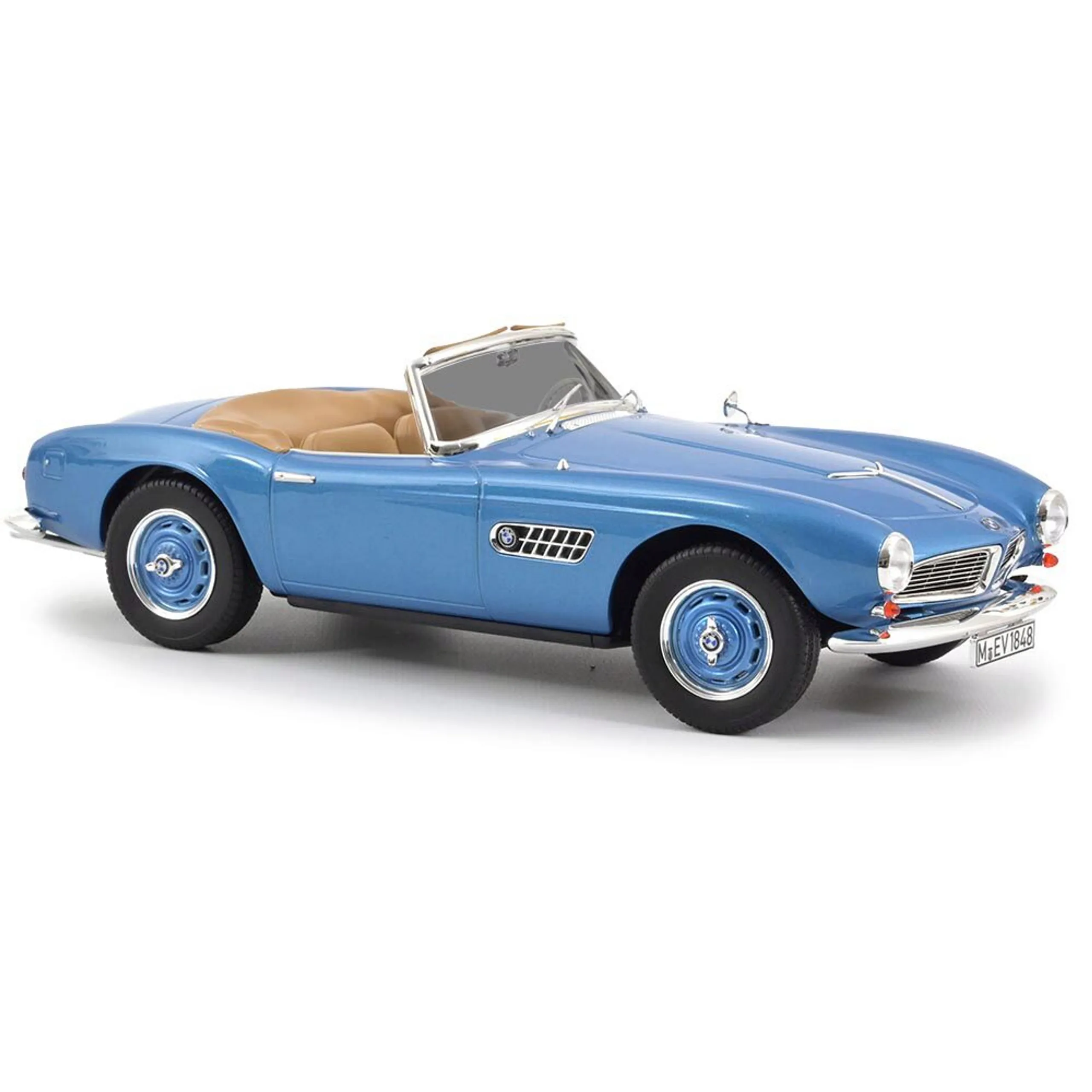
The primary material used in diecast cars is die-cast metal, usually a zinc alloy. This alloy is chosen for its ability to capture fine details and for its durability. Other materials are also used to enhance the realism and functionality of the models. Plastic components are often used for interior parts, such as dashboards, seats, and steering wheels. Rubber or plastic is typically used for the tires, allowing the models to roll smoothly. Windows are made from clear plastic, providing a view of the interior. Paint is applied to the metal body, often in multiple layers, to achieve the desired finish and color. These materials are carefully selected and combined to create a realistic and detailed miniature representation of a real car, providing an authentic experience for collectors and enthusiasts.
Why Buy Diecast Cars
There are numerous reasons why people are drawn to diecast cars. For many, it’s the nostalgia and connection to their childhood. Collecting these models can bring back memories of favorite cars, toys, and experiences. For others, it’s the appeal of a tangible hobby that provides a sense of accomplishment and enjoyment. The intricate detailing and craftsmanship of diecast cars are also a major draw, with many models showcasing incredible levels of realism. Diecast cars offer a way to own and appreciate a variety of vehicles without the space or financial commitment of owning real cars. They also provide an opportunity to connect with other enthusiasts, share knowledge, and expand their collections. The investment potential of certain models is an additional incentive, making diecast cars an attractive option for both hobbyists and investors.
Collecting vs. Investing
Diecast cars can be viewed from two primary perspectives collecting and investing. For collectors, the primary motivation is passion and enjoyment. They build their collections based on personal preferences, often focusing on specific brands, models, or eras. The value they place on a diecast car is typically tied to its sentimental value and personal connection. Investing, on the other hand, is focused on the financial potential of the models. Investors seek out rare, limited edition, or highly sought-after models that are likely to appreciate in value over time. The investment value is determined by factors such as rarity, condition, and market demand. While collecting often involves a blend of passion and investment, understanding the differences helps enthusiasts make informed decisions about building their collections, whether it is for personal enjoyment or financial gain.
Factors to Consider Before Buying

Before purchasing diecast cars, several factors should be considered. The intended purpose, whether for collecting or gifting, will influence the choice of models. Understanding the scale is crucial; common scales include 1:18, 1:24, and 1:43. The detailing and features are significant; models with more intricate details, such as opening doors, detailed interiors, and accurate paint finishes, are generally more valuable and appealing. Researching brand reputation is essential, as some brands are known for higher quality and accuracy. Setting a budget is important to prevent overspending, as the price of diecast cars can vary significantly based on factors like rarity and brand. It’s also essential to consider where you will store and display your collection. Taking these factors into account will help you make informed decisions and build a collection that meets your needs and expectations.
Scale
Scale is a fundamental consideration when buying diecast cars. It refers to the ratio of the model’s size to the actual vehicle’s size. Common scales include 1:18, 1:24, 1:43, and 1:64. The 1:18 scale models are larger and more detailed, offering a more immersive experience, but require more space. 1:24 scale models are a popular compromise, providing a good balance of detail and size. 1:43 scale models are smaller, more compact, and easier to display, making them suitable for larger collections. 1:64 scale models are the smallest, often found in toy stores, and are convenient for various uses. The choice of scale depends on personal preference, available display space, and collecting goals. It is recommended to choose a scale and stick with it to maintain consistency in your collection. Consider the available space and desired level of detail when selecting a scale.
Detailing & Features
Detailing and features greatly influence the appeal and value of a diecast car. High-quality models feature intricate details, such as detailed engines, realistic interiors with dashboard and seats, and accurate paint finishes. Opening doors, hoods, and trunks add to the realism and allow you to appreciate the model’s internal components. Working steering, suspension, and other functional parts can enhance the playability and collectibility. The quality of the materials used, such as the type of metal, plastic, and rubber, also affects the detail and overall aesthetic. Look for models with accurate markings, emblems, and insignias. Consider features like photo-etched parts, which provide additional precision. These details can significantly impact the overall look and feel of the model, adding to its visual appeal. The more detailed and functional the model, the more desirable it becomes to collectors. The detail and features of a diecast car are critical factors to assess before purchasing.
Brand Reputation
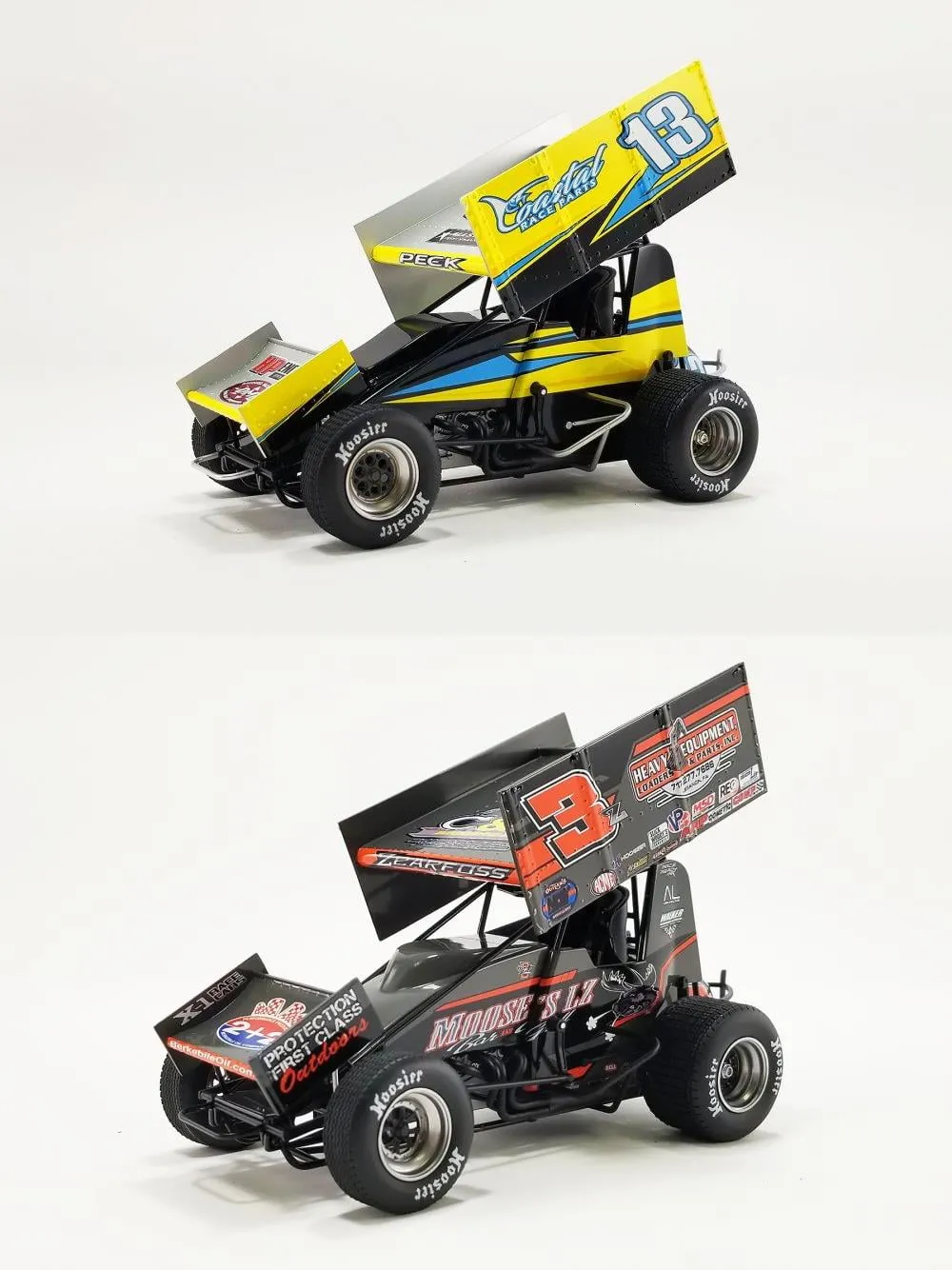
The brand reputation of a diecast car manufacturer is a critical factor to consider. Established brands often have a reputation for quality, accuracy, and detail. Some of the most reputable brands include AUTOart, Minichamps, CMC, and Kyosho, known for their high-quality models. Other popular brands include Hot Wheels, Matchbox, and Maisto, which offer a range of models at different price points. Researching brand reviews and reading collector opinions is important. Consider the brand’s history, manufacturing processes, and customer service. Assess the consistency of the brand’s products. Check the accuracy of their models, including details like paint, interior, and exterior parts. The brand’s reputation can influence the value of the diecast car over time and the enjoyment you derive from it. Understanding the brand’s reputation allows you to make an informed buying decision and choose models that meet your expectations.
Price and Budgeting
Setting a budget and considering the price of diecast cars are essential steps in the buying process. Prices can range significantly, from a few dollars for toy-grade models to hundreds or even thousands for rare or limited-edition pieces. Determine how much you’re willing to spend per model or for your entire collection. Research the average price of the models you’re interested in, considering the scale, detail, and brand. Factor in shipping costs, especially when buying online. If you’re investing, consider the potential for appreciation in value. Rare models and limited editions can increase in value over time, but this is not always guaranteed. Set spending limits and stick to them to avoid overspending. Consider whether to buy individual models or complete sets, as this affects pricing. Budgeting helps you make informed decisions and prevents financial strain. Being aware of the price ranges and setting realistic expectations is key to enjoyable collecting.
Where to Buy Diecast Cars
Diecast cars are available in various locations, each with its own advantages. The choice of where to buy depends on your preferences and needs. Brick-and-mortar stores include toy stores, hobby shops, and specialty diecast retailers. These stores allow you to inspect models in person and receive expert advice. However, they may have limited selections. Online marketplaces like eBay, Amazon, and Etsy offer vast selections. These platforms allow you to compare prices and read reviews. However, you must verify sellers’ reputations. Auctions and car shows are great places to find rare and vintage models. You can also interact with other collectors. Consider the benefits and drawbacks of each option to find the best fit.
Online Marketplaces
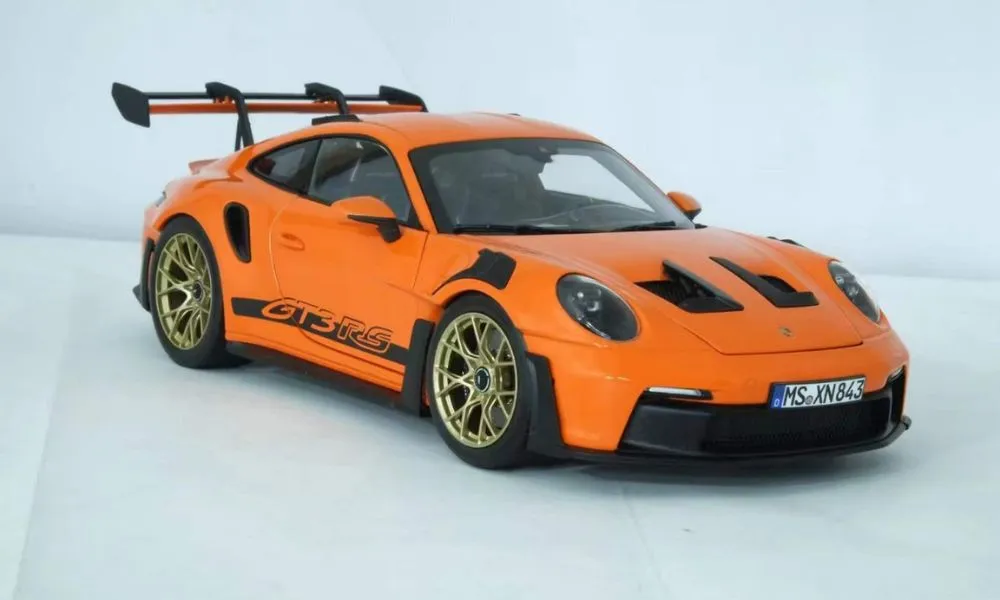
Online marketplaces provide access to a vast selection of diecast cars, making them a convenient option for many collectors. Platforms like eBay, Amazon, and Etsy offer a wide range of models from various sellers, often with competitive pricing. Marketplaces enable you to compare prices, read reviews, and view detailed product descriptions. However, you should carefully assess seller ratings, as the quality and authenticity of models vary. Examine product photos and descriptions, and ask the seller questions if needed. Be aware of shipping costs and return policies. When buying, consider the reputation of the seller and the platform’s buyer protection policies. By being vigilant, online marketplaces provide an effective way to discover and purchase diecast cars. Always prioritize secure payment methods and verified sellers to minimize risks.
Specialty Shops
Specialty shops offer a curated selection of diecast cars and provide a personalized shopping experience. These shops often have knowledgeable staff, who can offer expertise and advice, making them ideal for both beginners and experienced collectors. They typically stock higher-quality models. They often specialize in specific brands or scales. In-person shopping allows you to examine models up close, assessing detail, and finish quality. Specialty shops provide an opportunity to connect with other enthusiasts and learn more about the hobby. The selection may be smaller than online marketplaces, but the quality and expertise provided can outweigh this. Consider the specialized knowledge, quality, and customer service before making a purchase.
Auctions & Shows
Auctions and car shows provide unique opportunities to discover rare, vintage, and limited-edition diecast cars. Auctions, whether online or in person, allow you to bid on models, with prices often determined by collector interest. Car shows host vendors and dealers, where you can buy, sell, and trade models. These events offer chances to find items not typically found in regular stores. Auctions and shows are social events where you can meet fellow collectors, share knowledge, and learn more about the hobby. Keep in mind, prices at auctions can be highly variable. Research the values of models beforehand to avoid overspending. Verify the authenticity and condition of models before bidding or buying. Auctions and shows offer a dynamic environment, but require you to do your homework and be aware of market values.
How to Care for Your Diecast Cars

Proper care ensures the longevity and value of your diecast car collection. Proper cleaning and storage are essential. Dust regularly using a soft brush or microfiber cloth. Avoid abrasive cleaners. Store models in a cool, dry place away from direct sunlight. Extreme temperatures can damage the models. Protect them from dust and dirt. Consider using display cases or protective boxes. Handle your models with care. Grasp them by the base or chassis. This will avoid fingerprints. Avoid excessive handling to prevent wear and tear. Proper care preserves their value and allows you to enjoy your collection for years. Periodic maintenance and care will maintain the models’ condition. Make a schedule for cleaning and inspection to ensure that they are always in top condition. With diligent care, diecast cars can retain their beauty and value for many years.
Cleaning and Maintenance
Cleaning and maintaining your diecast cars is essential for preserving their appearance and value. Regularly dust your models using a soft brush or microfiber cloth to remove dust and debris. Use a small amount of mild soap and water. Then, dry thoroughly with a clean cloth. Avoid harsh chemicals or abrasive cleaners, as these can damage the paint and detailing. Lubricate moving parts, such as wheels and hinges. Use a silicone-based lubricant, to prevent rust. Inspect your models regularly for signs of wear or damage. Address any issues promptly to prevent further deterioration. Proper cleaning and maintenance keep your models in top condition, ensuring that they remain attractive and valuable. Consistent care will help your diecast cars stay pristine for many years.
Storage Tips
Proper storage protects your diecast cars from damage. Store your models in a cool, dry place away from direct sunlight. Excessive heat and sunlight can fade colors. Store them away from humidity. Exposure to moisture can cause rust. Use display cases or protective boxes to shield your models from dust and dirt. This will minimize the chance of physical damage. Separate the models to prevent them from rubbing against each other. Handle models with care. Hold them by the base or chassis to avoid fingerprints. Consider using archival-quality materials. These are acid-free tissue paper to wrap delicate models. Proper storage enhances the lifespan of your collection and ensures that they are in the best possible condition. Planning storage and storage containers enhances your collection. Proper storage preserves your diecast cars’ value.
Top Diecast Car Brands
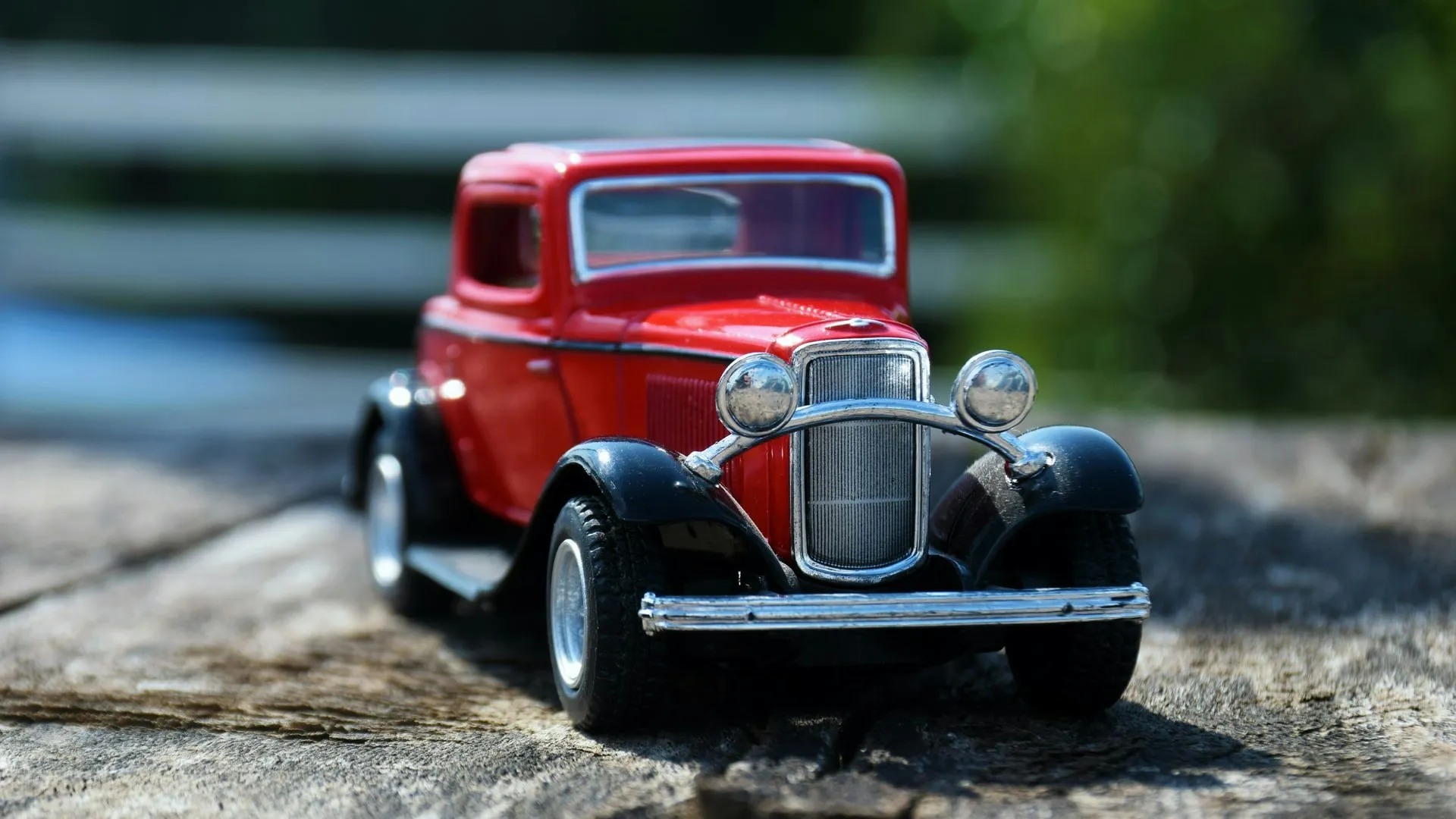
Several brands dominate the diecast car market, each with its strengths and specializations. AUTOart is known for high-quality models with exceptional detail and accuracy, often featuring opening parts and intricate interiors. Minichamps offers a wide range of models, from classic cars to racing cars, with a focus on historical accuracy. CMC (Classic Model Cars) produces highly detailed, premium models. Kyosho specializes in Japanese car models. Hot Wheels, Matchbox, and Maisto are popular toy-grade brands, offering various models at affordable prices. Other reputable brands include TSM-Model, Bburago, and Welly. When choosing which brands to buy, consider your collecting goals, budget, and desired level of detail. Each brand offers unique characteristics, so understanding their strengths enables you to make informed choices. By researching each brand you will choose models aligned with your preferences.
Popular Models to Collect
The most popular models to collect are the iconic cars. Classic cars, such as the Ford Mustang, Chevrolet Corvette, and Porsche 911, are always sought after. Racing cars, particularly those from Formula 1 and Le Mans, are also very popular. Limited-edition models, with unique colors and details, are in high demand. Models of cars featured in movies or TV shows, like the James Bond Aston Martin, have strong collector appeal. Consider your personal preferences. Look for models that hold historical or sentimental significance. Research the value of these models. Collectors can start with a particular car or time period. Building a collection of popular models is both rewarding and provides the potential for investment returns. Many collectors begin with models that resonate with them, creating a collection that reflects their interests. With careful selection, any collection can be valuable.
